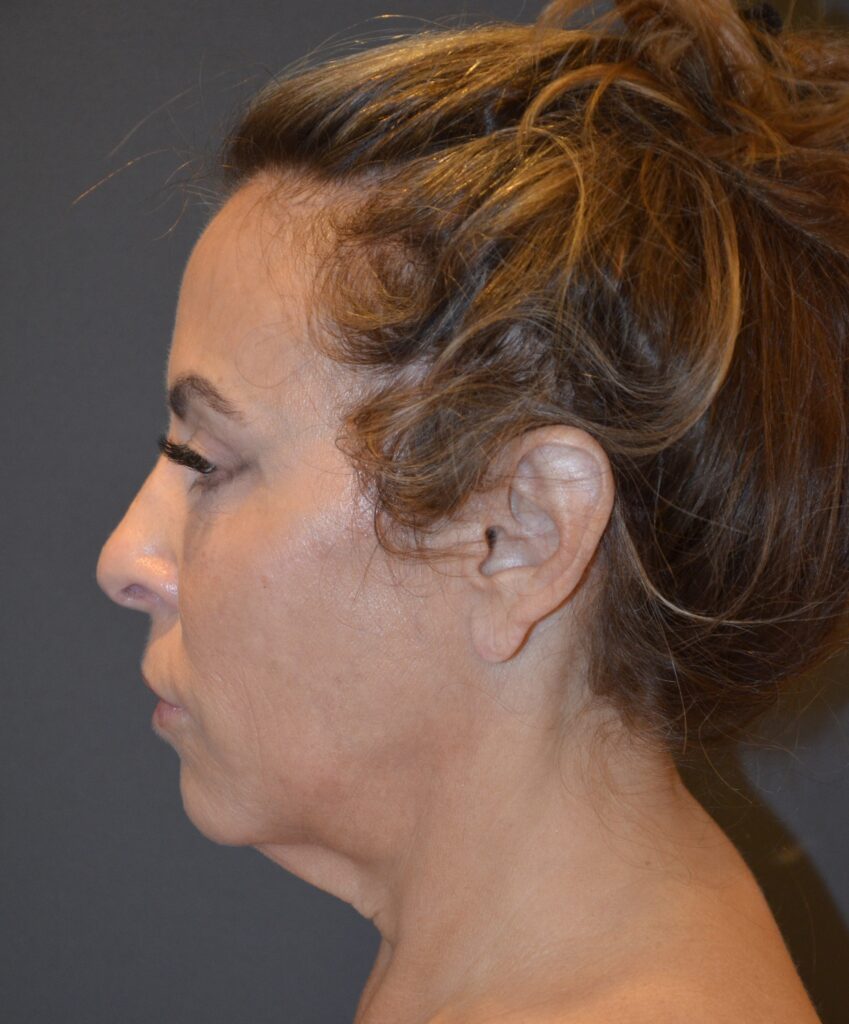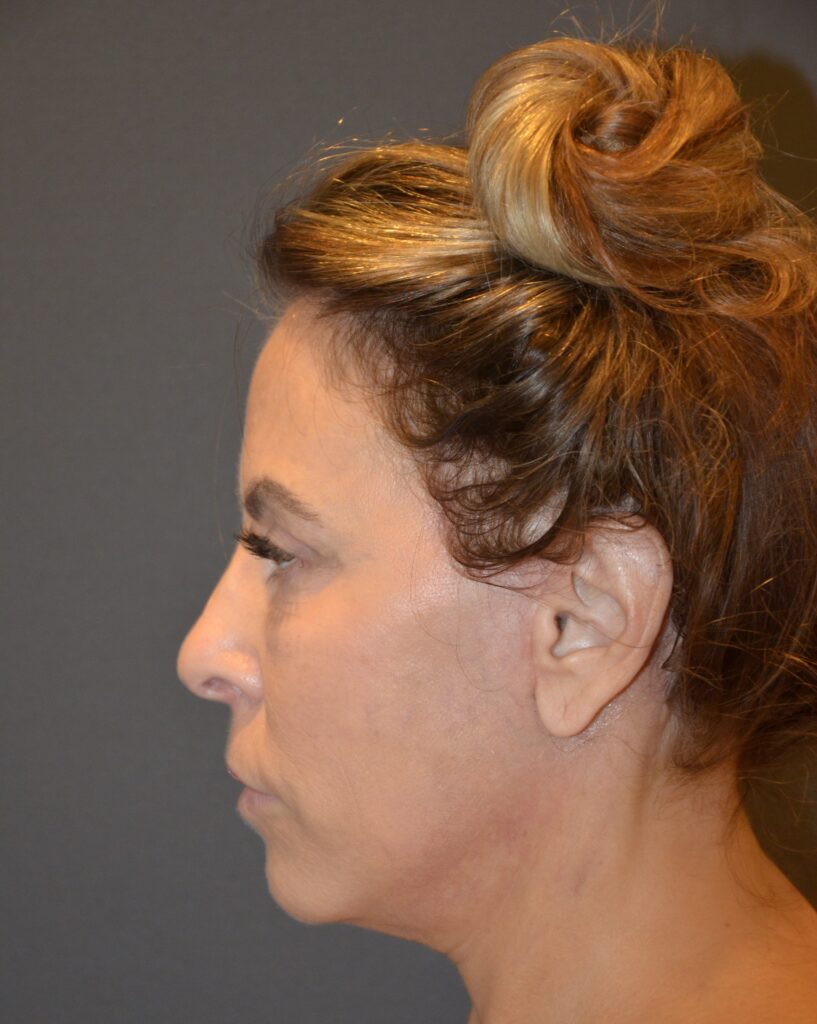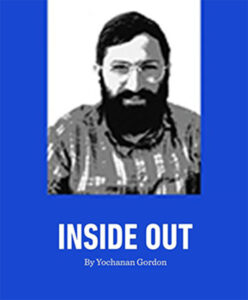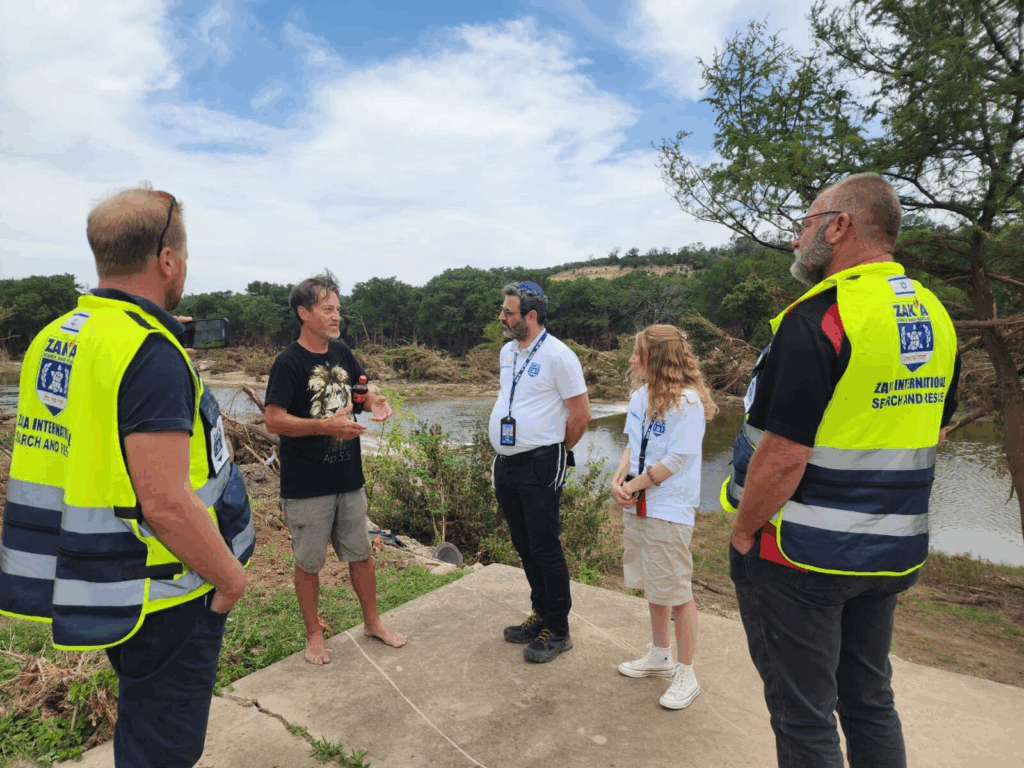Timing Is Everything! Facelifts: When To Consider One—And What Kind Is Right For You

Before

After
Dr. B. Aviva Preminger, MD, MPH, FACS
In an era of injectables and noninvasive treatments, many patients wonder—when is it time for a facelift? Fillers are great—until they are not. One of the most common issues I see is patients who have been “chasing youth” with filler. While fillers can be wonderful tools for restoring volume in targeted areas, overuse—particularly in the cheeks or along the jawline—can lead to an unnatural, puffy, or distorted appearance. If skin and deeper tissues have shifted due to gravity, no amount of filler can lift them. At some point, surgery becomes the safer, more elegant, and ultimately more cost-effective solution.
Facelifts aren’t reserved for people in their 60s or 70s anymore. In fact, many patients in their late 40s to early 50s make excellent candidates for surgery. At this stage, there is often early jowling, laxity along the jawline, or softening of the midface that fillers can no longer address effectively. Starting sooner can mean a less extensive procedure and a more natural result.
For observant patients, timing surgery around the Jewish calendar is important. Many prefer to schedule facelifts in late spring or early summer—after Pesach and before the High Holidays—when there is more flexibility for recovery and downtime. Others target the post-simcha season, using the quieter months of Cheshvan or post-Chanukah winter for elective procedures. If you’re planning around bar/bat mitzvahs, weddings, or even summer travel to Israel, it’s wise to plan at least 6–8 weeks ahead to allow for healing and optimal results.
There isn’t just one kind of facelift. There are several, and they vary in depth, extent, and goals. The different nomenclature, often intended to commercialize, can be misleading and confuse patients.
Mini Facelift: Sometimes called a “short scar” or “ponytail” or “weekend facelift,” this approach involves smaller incisions and is ideal for early signs of aging, typically in younger patients. It primarily targets the lower face and jawline, offering a subtle refresh.
SMAS Facelift (Superficial Musculoaponeurotic System): This gold-standard technique addresses deeper tissues of the face for more significant and longer-lasting results. It repositions the muscle layer (not just the skin), creating a natural and more durable lift without looking pulled.
Deep Plane Facelift: A variation of the SMAS lift, this technique goes one layer deeper by releasing facial ligaments to allow for more comprehensive lifting. While it can be powerful in certain cases, it’s not necessarily better than SMAS for everyone and may carry added risks. What’s most important is tailoring the approach to the individual.
Midface Lift: This focuses on lifting the cheek area, particularly effective for correcting hollowness or descent of the fat pads. It can be performed alone or in combination with other techniques.
Neck Lift: Often performed with a facelift, a neck lift targets loose skin and muscle bands in the neck and under the chin. For patients whose primary concern is below the jawline, this may be the key component.
Revision or Secondary Facelift: For patients who’ve previously had facial surgery, this approach addresses recurrent sagging, scarring, or aging changes that have evolved over time.
Adjunct procedures, like fat grafting, allow us to replace volume lost with age using your own tissue, creating a softer, more youthful result. Fat can be harvested from areas like the abdomen or thighs and carefully injected into hollow cheeks, temples, or under the eyes, restoring youthful contours without the temporary nature of synthetic fillers. Because it’s your own tissue, fat integrates well and adds a softness that is difficult to replicate with other materials.
For patients with fine lines, sun damage, or uneven pigmentation, laser resurfacing can be performed at the same time as a facelift to address skin quality in addition to structural lifting. This dual approach offers comprehensive rejuvenation—tightening deeper tissues, replacing lost volume, and polishing the skin’s surface—all in one coordinated procedure.
Facelift recovery is more comfortable than many people expect. Most patients take 10–14 days of social downtime, with swelling and bruising peaking in the first few days and improving rapidly after. Sutures are typically removed after a week, and makeup can be worn to cover any residual discoloration. Light activity can resume within days, though strenuous exercise should wait 3–4 weeks. Fat grafting and laser treatments may add a bit of additional swelling, but recovery remains manageable—and most patients say it was well worth it.
A facelift isn’t about looking “done”—it’s about looking like yourself after a good night’s sleep and a long vacation. When done thoughtfully and at the right time, it can reset the clock in a natural, empowering way.
Whether you’re considering a mini lift, SMAS lift, fat grafting, or laser resurfacing—or just want guidance on what’s right for your face and life—consulting with an experienced, board-certified plastic surgeon is the first step.
And if you’re trying to plan around a simcha, school calendar, or High Holidays? You’re not alone. We’ll help you get the timing right, too.
At Preminger Plastic Surgery, we are committed to educating our patients and providing personalized care tailored to their unique needs. For those considering plastic surgery, we offer guidance every step of the way to help you achieve your aesthetic and wellness goals. Dr. Preminger is a board-certified plastic surgeon with degrees from Harvard, Cornell, and Columbia.
For more information or to schedule a consultation, please visit premingermd.com or call 212-706-1900. n
Dr. Aviva Preminger is an Ivy League-educated and trained plastic surgeon. She has earned respect and prestige in her field with her extensive credentials. She holds faculty appointments at Columbia University as well as several other fully accredited New York hospitals. Dr. Preminger has expertise in a wide range of cosmetic and reconstructive procedures and has lectured and published extensively. She and her staff are committed to excellence. You can reach Dr. Preminger at 212-706-1900 or via her website at https://premingermd.com/contact/.












